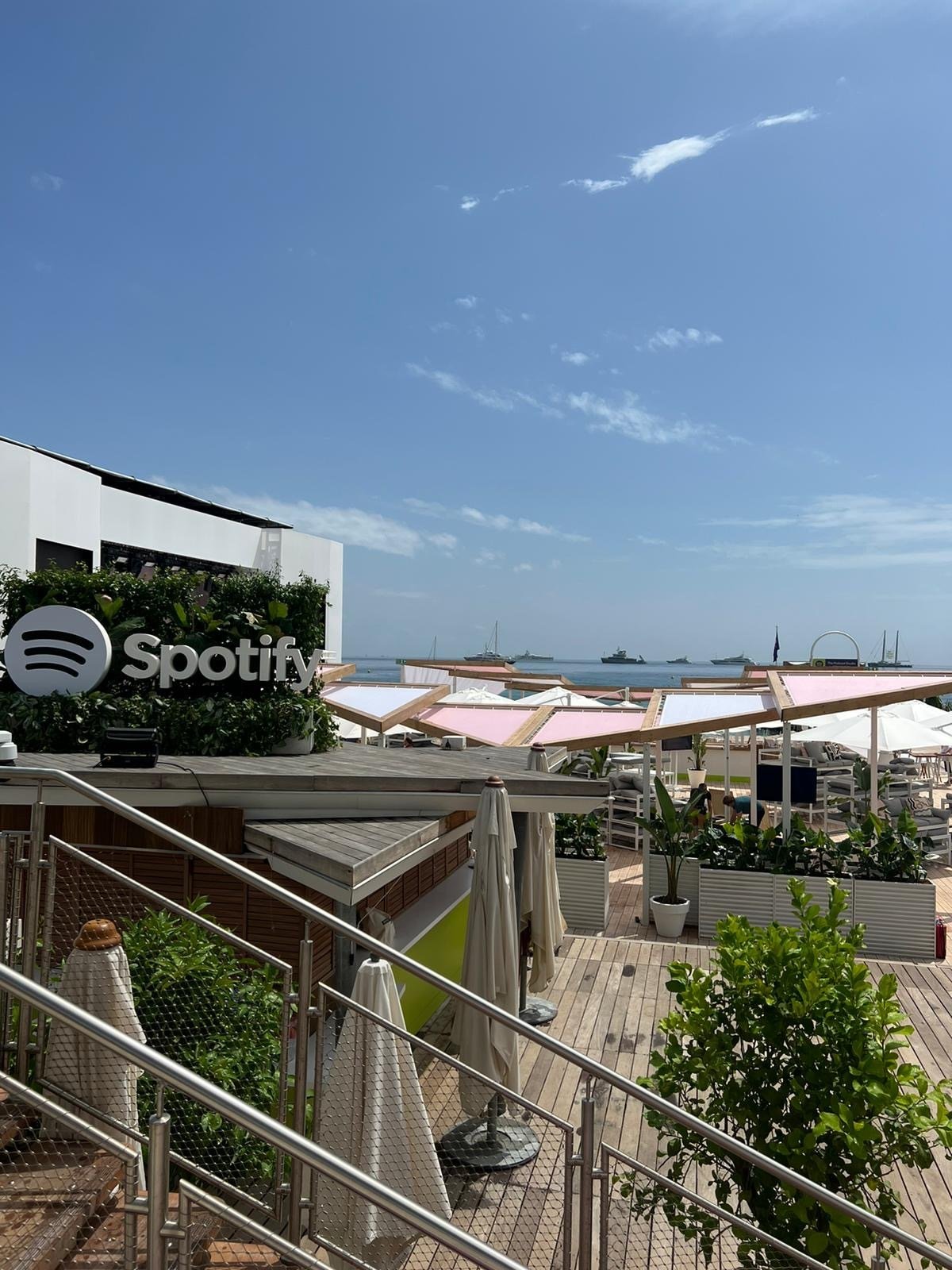RESOURCES
3 Changes that Have Already Made 2018 a Year of Transformation for Grocery
Not even two months into 2018 and online grocery has seen multiple significant changes and noteworthy headlines that will have lasting effects on the way consumers shop for groceries and the way brands sell their products. From the connection of physical, brick and mortar stores with ecommerce to retailers teaming up with logistics services, 2018 is shaping up to be a year of momentous technological transformation for the grocery industry.
Below are the biggest changes thus far and some potential implications for consumers, brands and retailers.
THE AMAZON GO STORE LAUNCH
The cashierless, checkout-line-free store launched to the public in downtown Seattle in late January. With Amazon’s merging of the physical and digital worlds, we can expect:
- Online product performance and reviews will begin to drive in-store placements and success.
- Amazon’s private label brands, including Whole Foods 365, will be an increasing threat to established brands.
- Brands who are first to test new retailer formats like the Go Store will gain in many ways, including with access to new data that the competition doesn’t have.
WHOLE FOODS GROCERIES SHIP VIA PRIMENOW AND AMAZON FOLDS FRESH PROGRAM
Amazon announced they will be offering delivery of Whole Foods groceries via PrimeNow, the first major online-to-store integration we’ve seen since the $13.7 billion acquisition. Four major markets (Dallas, Virginia Beach, Cincinnati, and Whole Foods’ hometown of Austin) will now have access to order from Whole Foods using Amazon’s PrimeNow service, delivering to doorsteps in one to two hours.
To add to this, it is rumored that Amazon’s Fresh program will be folded into the PrimeNow service. AmazonFresh, the $14.99 per month grocery delivery service, has been around for a decade and hasn’t seem to garner the attention Amazon hoped. After the acquisition of Whole Foods and the addition of the PrimeNow program, the Fresh program is essentially obsolete. Here are the biggest takeaways from these two big moves by Amazon.
- Similar to the Amazon Go Store implications, Amazon’s PL brands will pose a threat to big brands. Grocery brands that can quickly adopt and embrace new programs like PrimeNow will have a significant leg up on the competition.
- AmazonFresh being folded into PrimeNow provides a better consumer and branding experience. Prime Members will only need to remember one service when it relates to grocery delivery, plus it removes the additional $14.99 fee.
- The streamlining of the account management and distribution will allow Amazon’s grocery business to expand exponentially, especially with the network of Whole Foods locations being used as fulfillment centers.
TARGET ACQUIRES SHIPT
In late 2017, Target bought same-day delivery platform Shipt for $550 million. This acquisition was needed for Target to legitimize itself in the online grocery race, with Amazon and Walmart already providing same-day delivery. Aside from improving their position in grocery, this addition also provided a necessary upgrade in Target’s last-mile experience (the journey between the distribution center and end consumer) – an area that Amazon has mastered. Below is what we expect in the coming years:
- Consumers wanted two-day shipping and they wanted grocery delivery. Soon, the expectation will be same-day delivery of grocery.
- Target and other major players are having to team up to meet consumer desires that Amazon has conditioned.
- There will be a significant amount of M&A activity in the coming years leading to consolidation. Retailers will buy service partners, distribution networks and other retailers.
It seems as though these foundational changes are happening on a weekly basis now. Amazon and other retailers are ushering in a wave of technology transformation that will have a profound impact on grocery, online and physical. Not only are the retailers making significant improvements to meet consumer expectations, so are the top brands.
From pursuing enrollment in grocery programs like PrimeNow to ensuring pack sizes and price points are ecom friendly, the grocery brands that will take the top search results spots in the next few years will be the ones that have a defined strategy for marketplaces. If brands are not paying attention and adapting to the ever-evolving world of ecommerce, they may end up getting left behind.
SIGN UP FOR OUR WEEKLY NEWSLETTER

News, Views, and Valuable Resources
Delivered to Your Inbox Each Week




